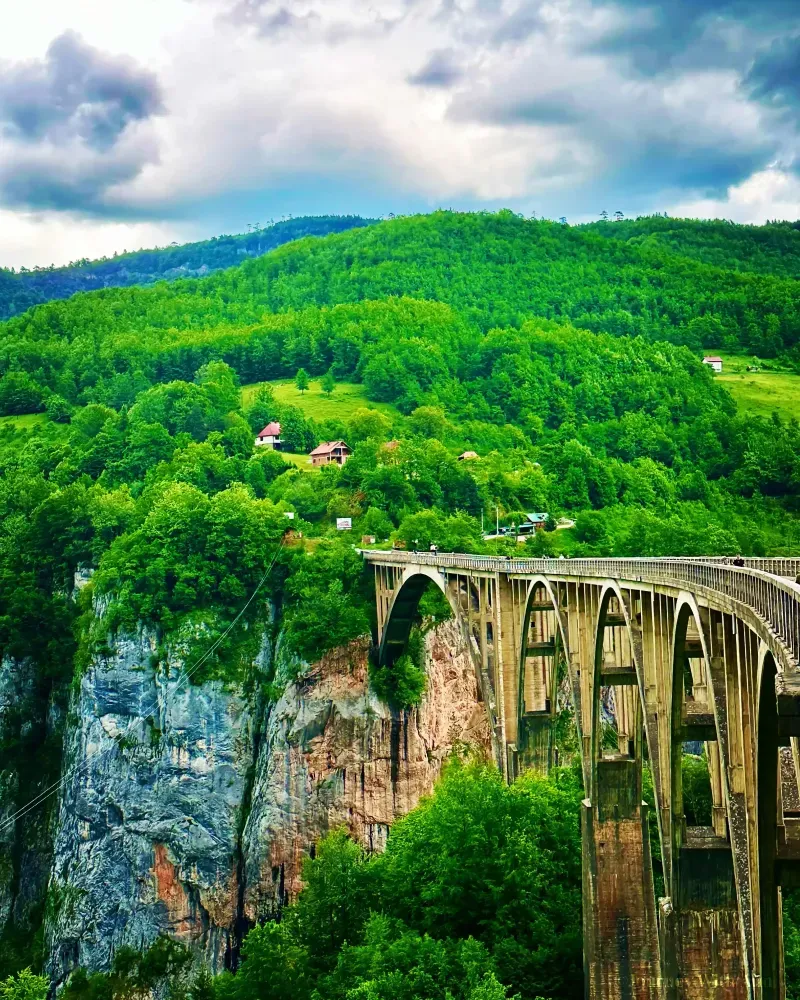Geographical Features
The park's terrain is marked by rugged mountains, formed by glacial processes, and is interspersed with over 18 glacial lakes known as "mountain eyes." These lakes, together with the Tara River Canyon—one of the deepest river canyons in Europe—define the park's unique geological and hydrological features. The Tara Canyon not only offers spectacular views but also provides opportunities for rafting and fishing. The location of this national heritage site of Montenegro is marked on the map below.
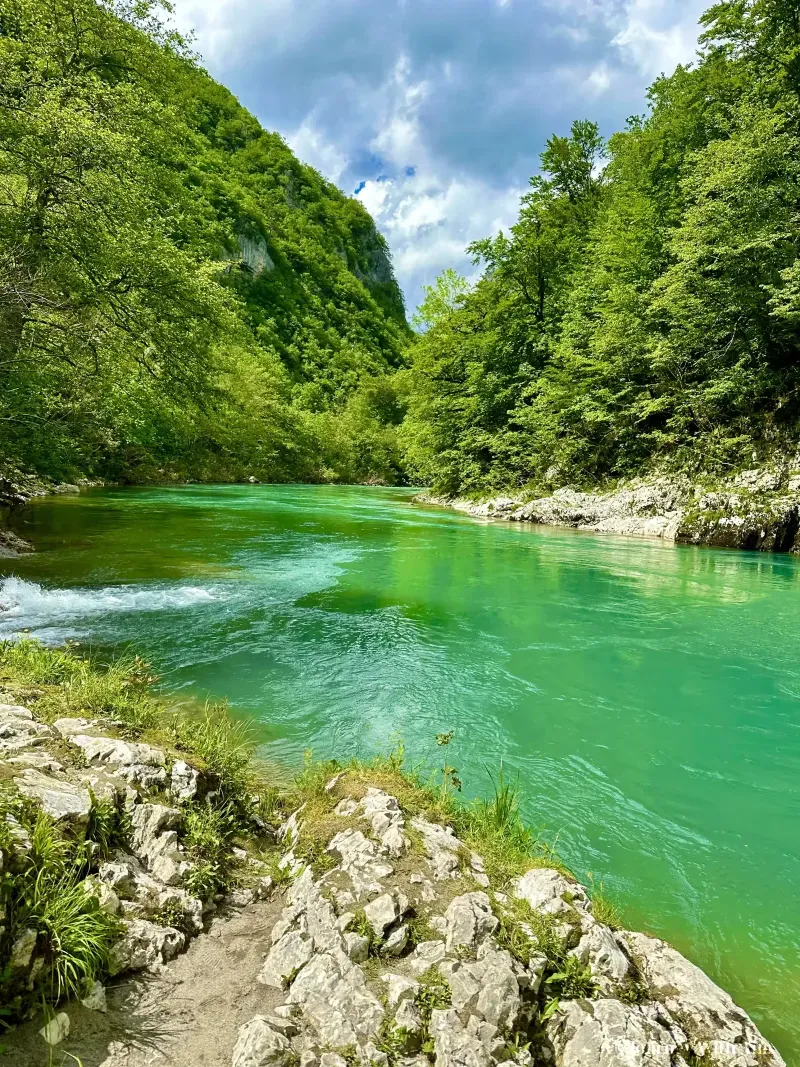
Biodiversity
Durmitor's diverse ecosystems host an array of flora and fauna, some of which are endemic to the region. The forests of Durmitor, predominantly composed of black pine, spruce, and fir, provide habitat for a variety of wildlife including brown bears, wolves, and chamois. The park is also a haven for birdwatchers, with species such as the golden eagle and peregrine falcon frequently spotted.
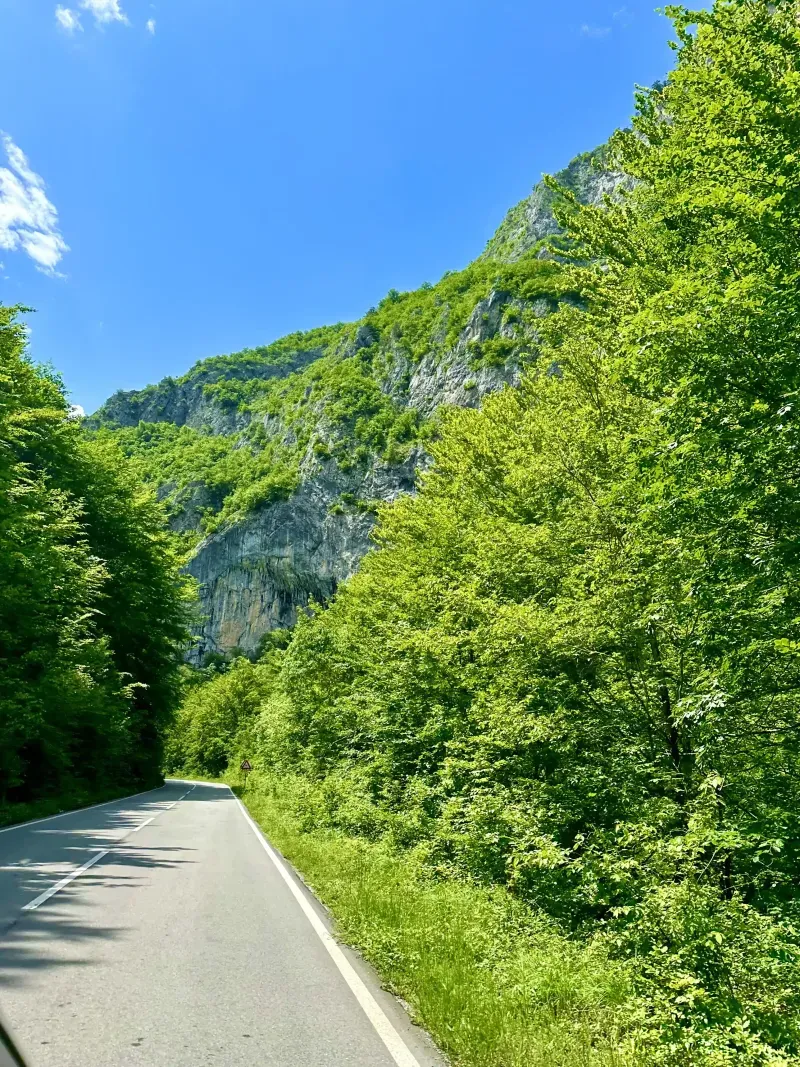
Recreational Activities
Durmitor National Park is a popular destination for a range of outdoor activities. In the winter, the park transforms into a ski resort, offering multiple ski runs and facilities for snowboarding and ice skating. Summer months provide perfect conditions for hiking, mountaineering, and biking along marked trails that offer breathtaking views of the landscape. Tara River is a top attraction for adrenaline enthusiasts. Both groups and solo adventurers are drawn to Durmitor National Park, eager to experience the thrill of rafting through its fast-flowing waters.
Cultural Significance
The area within and around Durmitor National Park is steeped in cultural history. The park encompasses traditional villages where life has remained largely unchanged for centuries. Visitors can explore these villages to learn about the Montenegrin rural way of life, and enjoy local cuisine that includes specialties made with fresh mountain herbs and game.
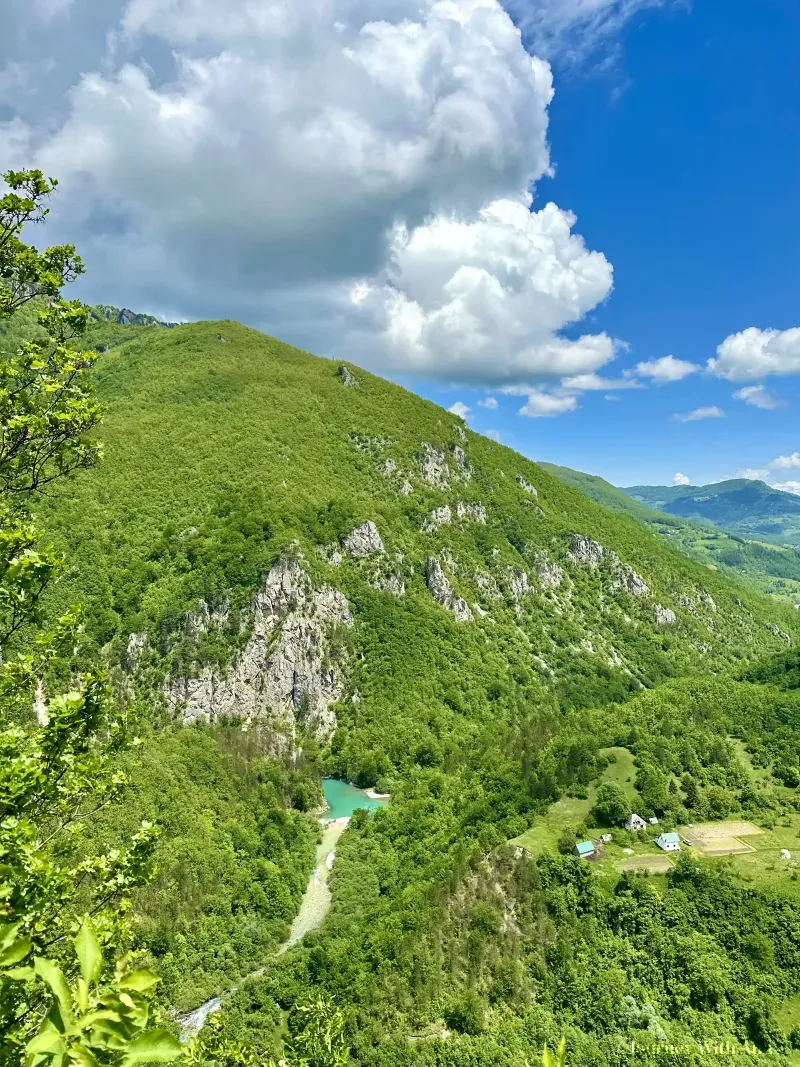
Conservation Efforts
Preserving the natural beauty and ecological balance of Durmitor National Park is a priority for both the Montenegrin government and various international organizations. Efforts are continuously made to protect the park’s biodiversity and promote sustainable tourism practices that contribute to the conservation of this pristine wilderness.
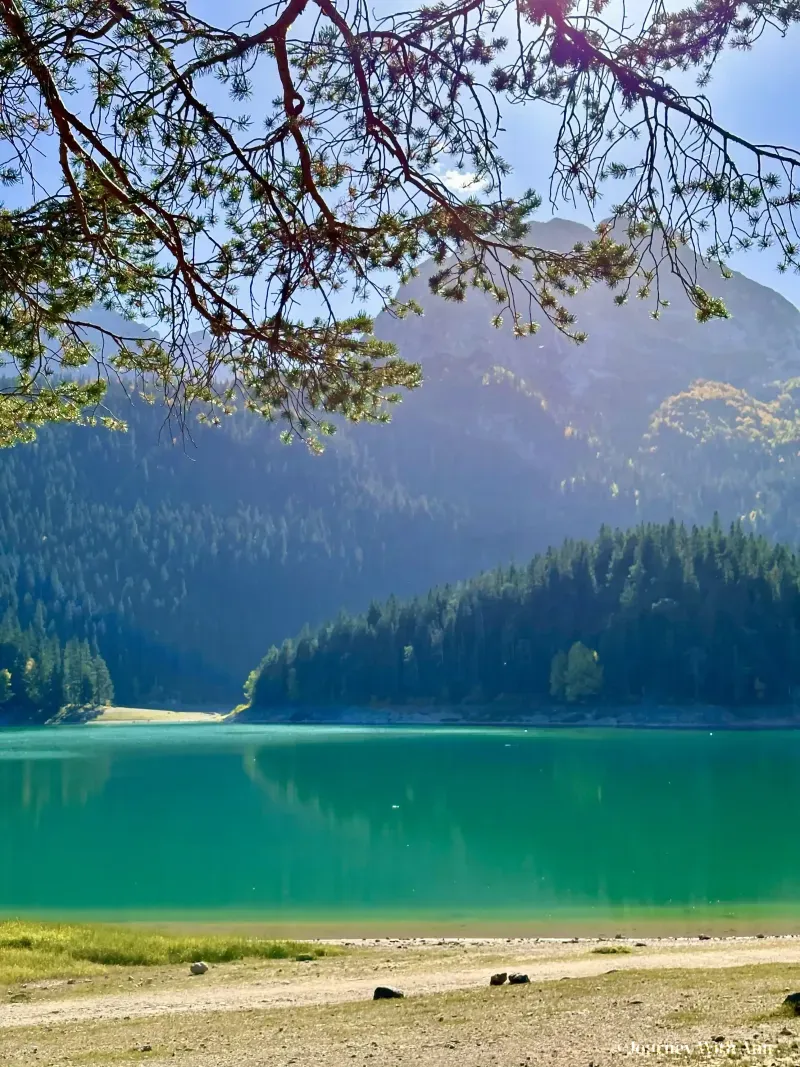
Recommended Visit Duration
To truly appreciate the splendor of Durmitor National Park, visitors are advised to allocate at least a full day for their trip. This duration allows for ample time to leisurely explore and immerse oneself in a significant part of the park's natural attractions. Stopping to enjoy the serene forests, majestic mountains, cascading waterfalls, flowing rivers, and tranquil lakes enhances the experience, providing a deeper connection with nature. Taking the time to pause and absorb the landscape not only enriches the visit but also offers moments of reflection and relaxation amidst some of Europe’s most breathtaking scenery.
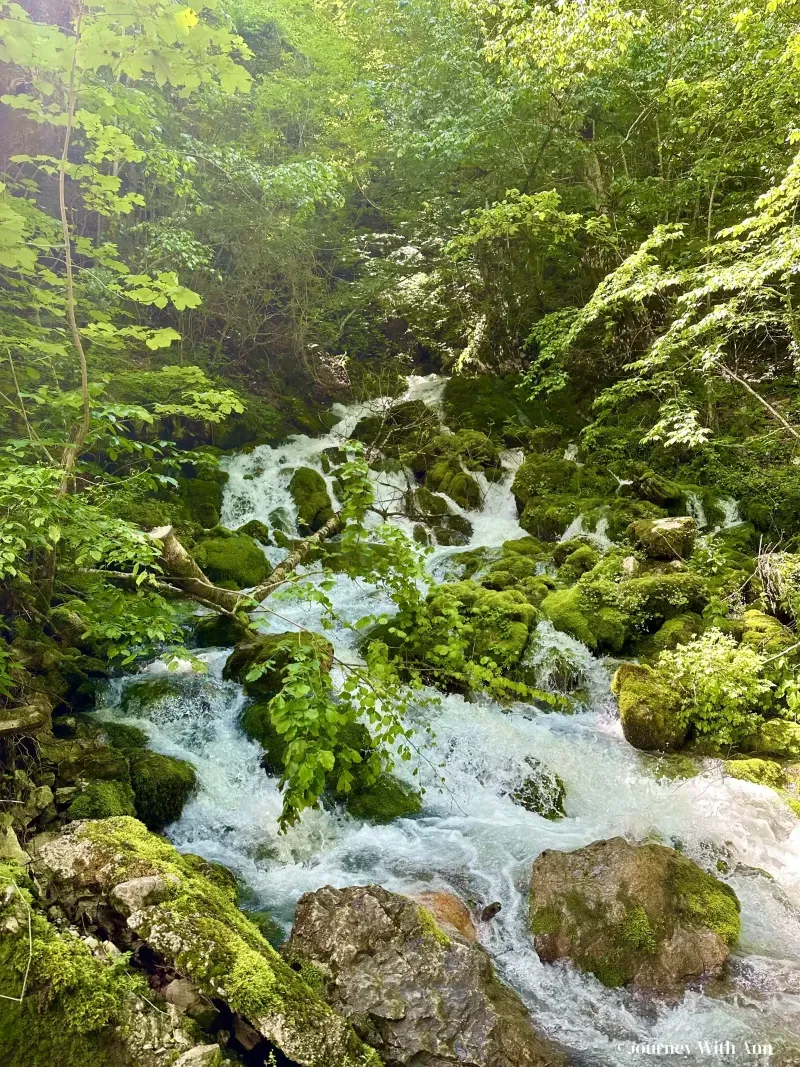
Conclusion
Durmitor National Park is accessible year-round, with facilities and services tailored to enhance the visitor experience in every season. Whether it's the solitude of snow-covered peaks or the lush greenery of summer trails, Durmitor offers a unique and memorable encounter with nature for adventurers and nature lovers alike. The most accessible and visited places in this park: the Tara River, the canyons of the Tara River, waterfalls, Black Lake (Crno jezero), Djordjevic Bridge. It's worth noting that there are various routes leading to Durmitor (use Google Maps to determine the best one for you), and my favorite route from Budva to Durmitor is via Podgorica on the toll road. What makes this route special is the maximum speed limit of 100-110 km/h, which saves you time and offers an ideal path to enjoy Montenegro’s stunning landscapes. Along the highway, there are campgrounds and scenic viewpoints where you can stop, take a break, and soak in the beauty of Montenegrin nature. However, don't forget that this is a toll road, and you’ll need to pay at the end. Both cash and card payments are accepted. The toll for a non-stop journey at maximum speed is about 3 euros (Ironically, if you ever travel on the highway in Serbia, you’ll cover fewer kilometers but pay twice as much). This road is also of interest to rafting enthusiasts, as you’ll find numerous offers for rafting along the river, especially as you approach the Djordjevic Bridge, where most of these opportunities are advertised.
